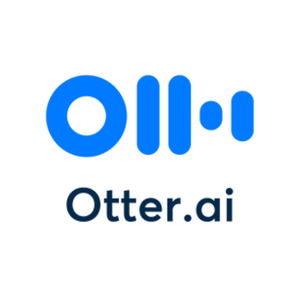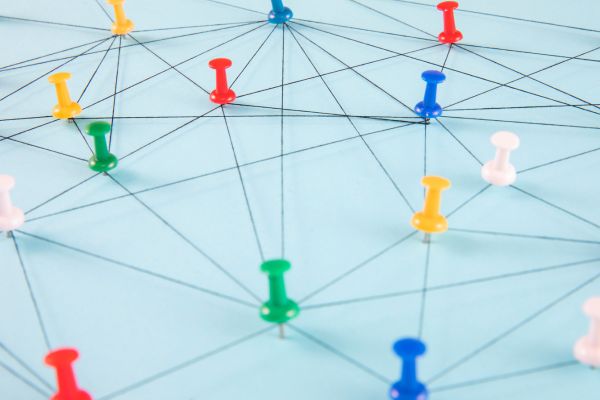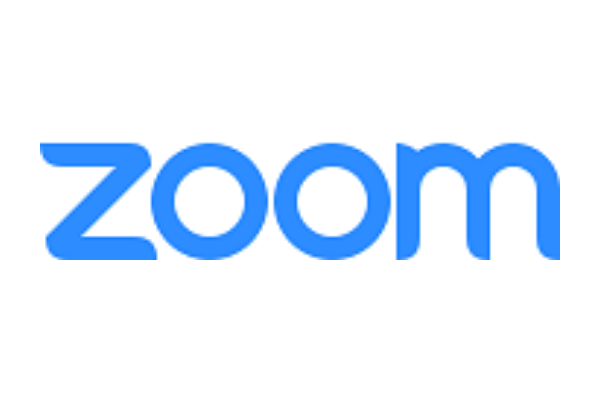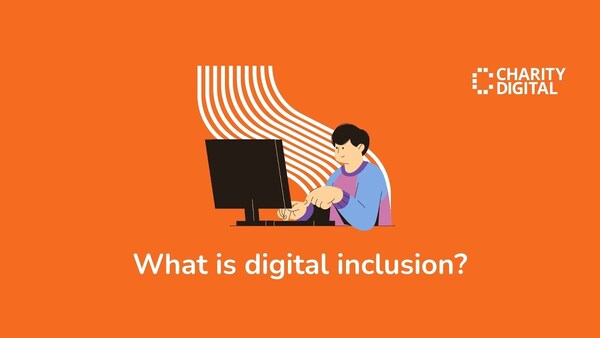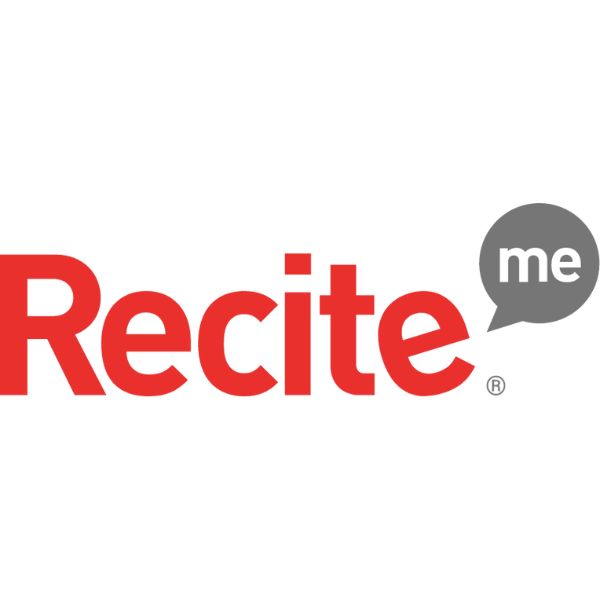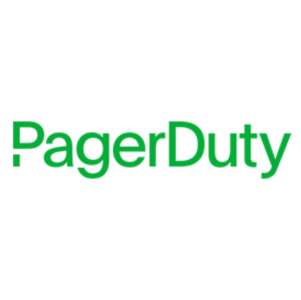Insights
INSIGHTS
All Topics
What is open source software?
We explore open source software and explain why it could be useful to you
Open source may not be a concept you are familiar with, especially if you aren’t a developer, but it is something which you are guaranteed to be using on a daily basis. In this article, we examine open source software and explain why it could prove useful.
What is source code?
To use a crude analogy, if the software you download or install from an app store is a fully prepared meal delivered on a plate, then source code is the recipe. If you enjoy the meal, you might try to recreate it at home, but you’ll have to work out the ingredients, quantities, and all the steps to cook it yourself.
What is open source?
Open source software projects make the source code available to anyone, for free. You can go to a website like Github or SourceForge, browse millions of projects, and download the source code.
Moreover, you may have permission to take this source-code, modify it however you please, integrate it into your own project, and redistribute or even sell it yourself.
This is where things can become a little less clear, because what you are entitled to do depends on what licence the software is offered under.
The most notable difference is whether or not you are forced to share any modifications you make – going back to our food analogy, if you take the open source recipe, change the blend of spices used, and serve the dish at your restaurant, you might be obliged to share your modified recipe with your customers.
Where is open source software?
Everywhere. You are probably using some open source software right now.
All modern web browsers are built around it, most websites will use at least some open source components, as well as the servers they are hosted on.
As the gadgets we have in our cars and smart homes become more sophisticated, they increasingly rely on open source software.
Even commercial software heavily relies on open source – 96% of 1700 projects examined by Synopsys used open source software.
Why would people give away their software?
Open source software is a concept that might surprise people, especially in the private sector where people’s efforts are measured in profit. But tech giants are the unlikely to maintain the biggest open source projects.
Why do organisations provide the source code for their software?
- Boosting prestige, mastering marketing, attracting the attention of developers
- Allowing the wider community to contribute bug fixes or improvements
- Attracting users into a paid ecosystem, in which the product is open source with paid offerings for hosting, support, or premium features
- Using other open source components with a licence which requires them to publish their modifications
The vast majority of open source projects are small and are built by volunteers, who:
- Enjoy software development
- Need a feature or bug fixed in a project they use
- Want a portfolio to show potential employers
Some developers are able to make a living contributing to open source projects through user donations, grants, and bug-bounties.
What are the advantages of open source software?
Cost
Probably the most obvious advantage for most open source software is that it’s free to use. You’ll also potentially avoid jumping through any organisational purchasing hoops.
Modifying
Given the technical skills (or willingness to hire), open source means you are free to tweak it to your requirements, fix bugs that are critical to you, maintain compatibility with new operating systems, patch security flaws, and so on.
Giving back
A less obvious benefit of using open source is that you are supporting an ecosystem which enables access to all. Open source removes cost barriers to projects like One Laptop per Child, and in general represents an approach where communities work together to build and improve something for the benefits it brings rather than profit.
What are the disadvantages of open source software?
Difficult of use
Using open source software is usually easy, though the level of user support and documentation can vary. Some popular open source projects can be downloaded in official app stores, while others may be “some assembly required”.
Understanding licensing
Another challenge with entering the world of open source is simply understanding different licences, both in choosing what licence to release your code under and understanding what a particular licence allows you to do.
Luckily most fall under a small set of popular licences, and you’ll find that they are remarkably short when compared to the small print associated with proprietary software. There are some useful tools online to help you understand open source licences such as tl;drLegal.
One thing to be aware of if you use open source components in an app published through an app store, the terms of the store and your licence might not be compatible.
Publishing
The most obvious drawback to open sourcing your software is monetisation – which may be more relevant in the private sector. Despite the options for commercialising free and open-source software, publishing your product for free on the internet means that people don’t have to pay to use it.
You might also find that you’re now approached for support by users of the software, or by people suggesting changes or bug-fixes. You might want to spend some time providing documentation and curating any changes people propose, but you are not obliged to do so. You can simply put your creation out there for people to do as they wish without any guidance.
What about security?
Cybersecurity and software vulnerabilities are a concern in all kinds of software, open source and proprietary. The widely publicised Log4j vulnerability in late 2021 was due to a bug in a popular open source project. Having the source code can expose these vulnerabilities to bad actors, but equally users can audit this code, find, and fix these vulnerabilities.
Perhaps the bigger security concern is where the inclusion of different open source components can open up many different apps to vulnerabilities, especially where software is not kept up to date.
Openness beyond software
The concept of “openness” has applications beyond software. The UK Government has made commitments to openness of the data that it produces.
The Open Government Licence allows anyone to make use of public-sector information and open datasets can be browsed at data.gov.uk, where you can find anything from Government spending data to environmental surveys.
Other media and creative works can be similarly licenced, for example the text content of Wikipedia is available under a Creative Commons licence, where you can share, reuse, adapt, modify the content, on the condition that you acknowledge the author and any derivative works are shared under the same licence.
Philanthropic funders “OpenPhilanthropy” publish content under a similar licence, albeit barring commercial use.
So even if you’re not creating software, you can still consider sharing your data or content, and there are licensing options that allow you to shape how people can make use of what you publish in terms of commercialising it or ensuring they “pay it forward” by sharing any derivative works.
Find out more
Our 2024 Digital Inclusion Summit revealed how charities can help can make the digital world a safer, happier, more inclusive place, from improving access to digital devices to demystifying cyber security. Click here to watch the session recordings for free.
Our report, ‘Digital inclusion in the UK charity sector’, uncovers charity practitioners’ attitudes towards digital inclusion, including the challenges charities face in reaching out to service users and how they are making the most of the digital technology they use. Click the link in the orange box below to download the report.
Our Digital Inclusion Hub features regular articles, podcasts, and webinars to help charities reach across the digital divide. Click here to learn more.
Report: Digital inclusion in the UK charity sector
Jenny Lowthrop
More on this topic
Recommended Products
Featured Products
Related Videos
25 Nov 2024by Joe Lepper
How charities support young carers
22 Nov 2024by Ioan Marc Jones
How charity partnerships strengthen the sector Sponsored Article
Our Events
Charity Digital Academy
Our courses aim, in just three hours, to enhance soft skills and hard skills, boost your knowledge of finance and artificial intelligence, and supercharge your digital capabilities. Check out some of the incredible options by clicking here.




